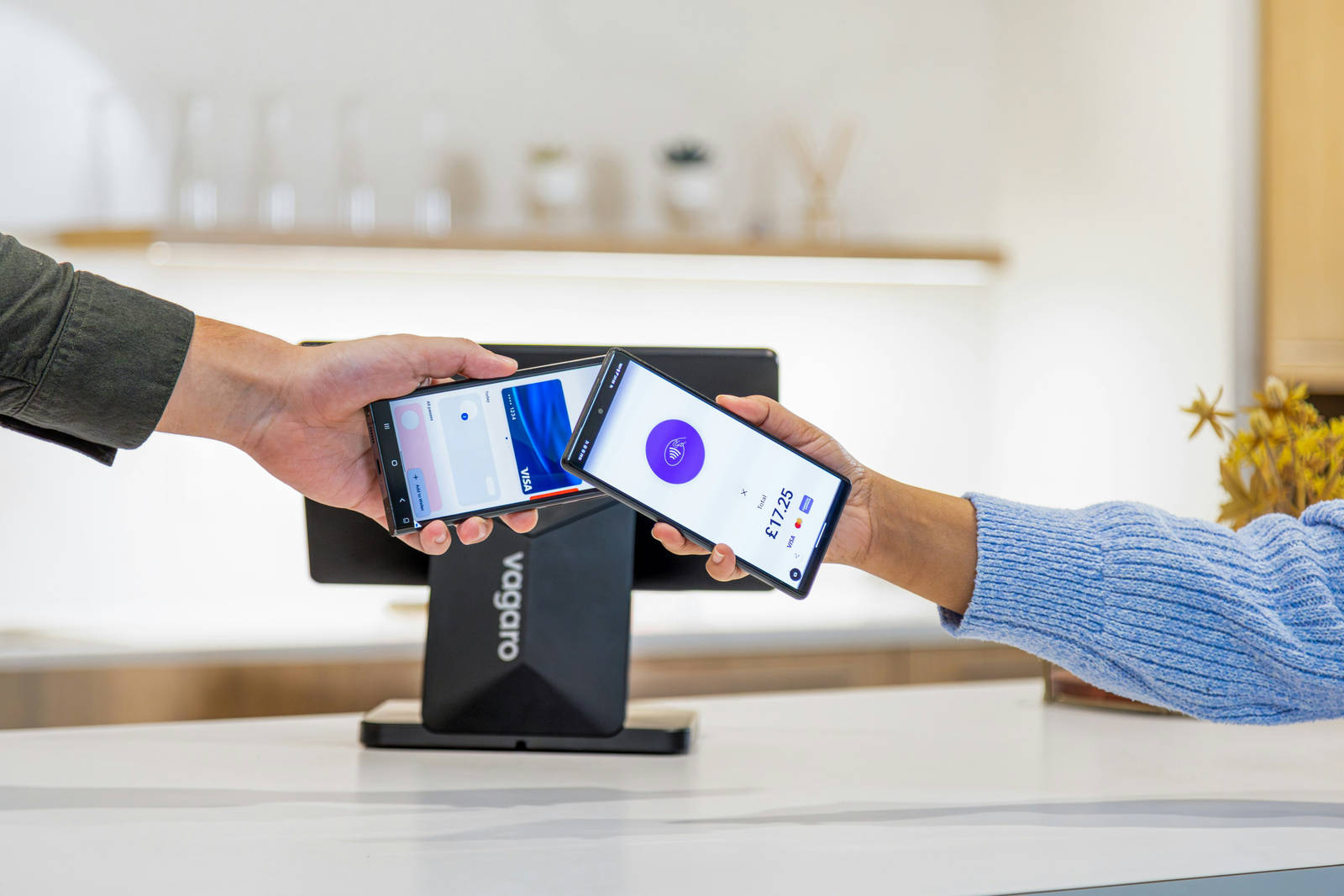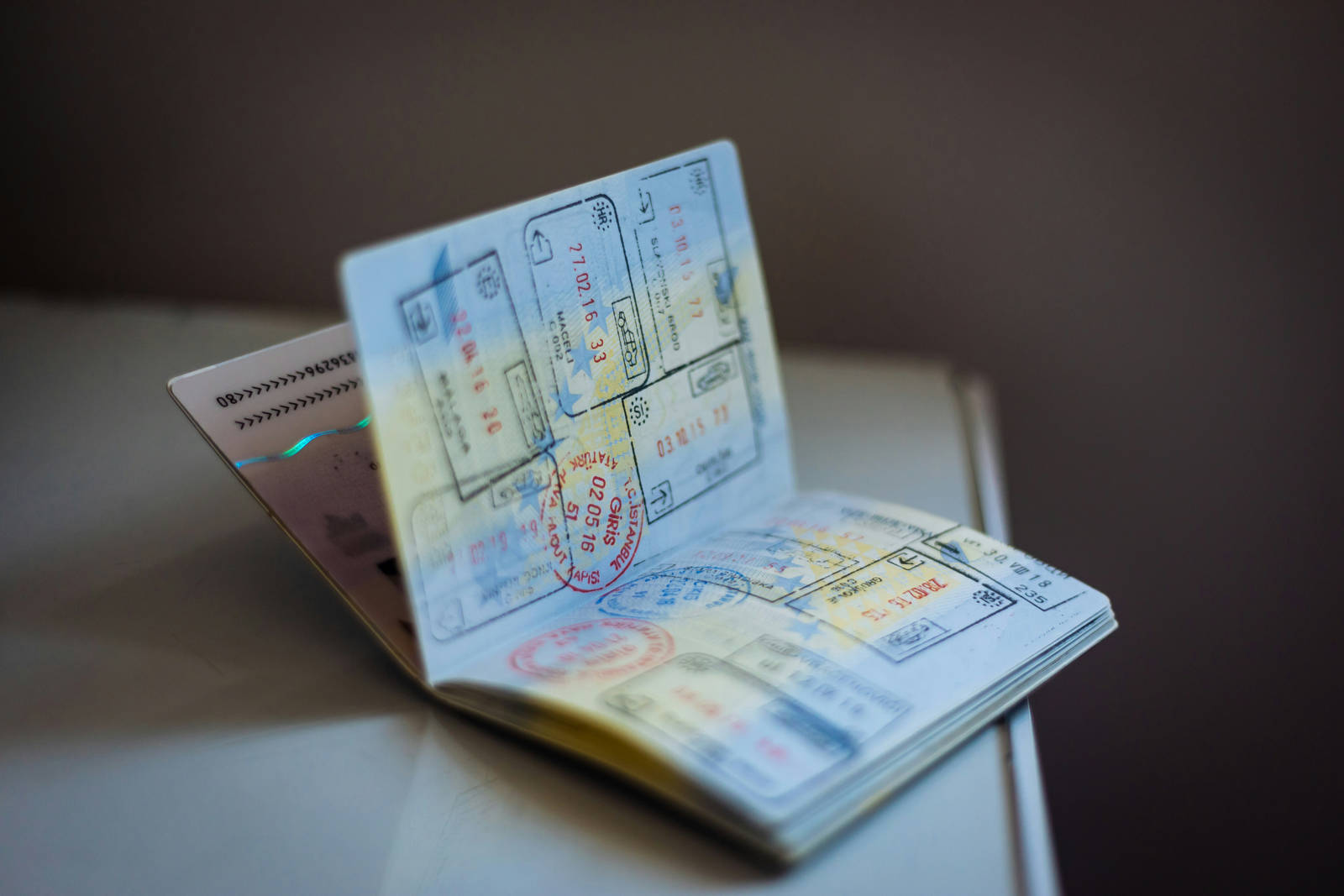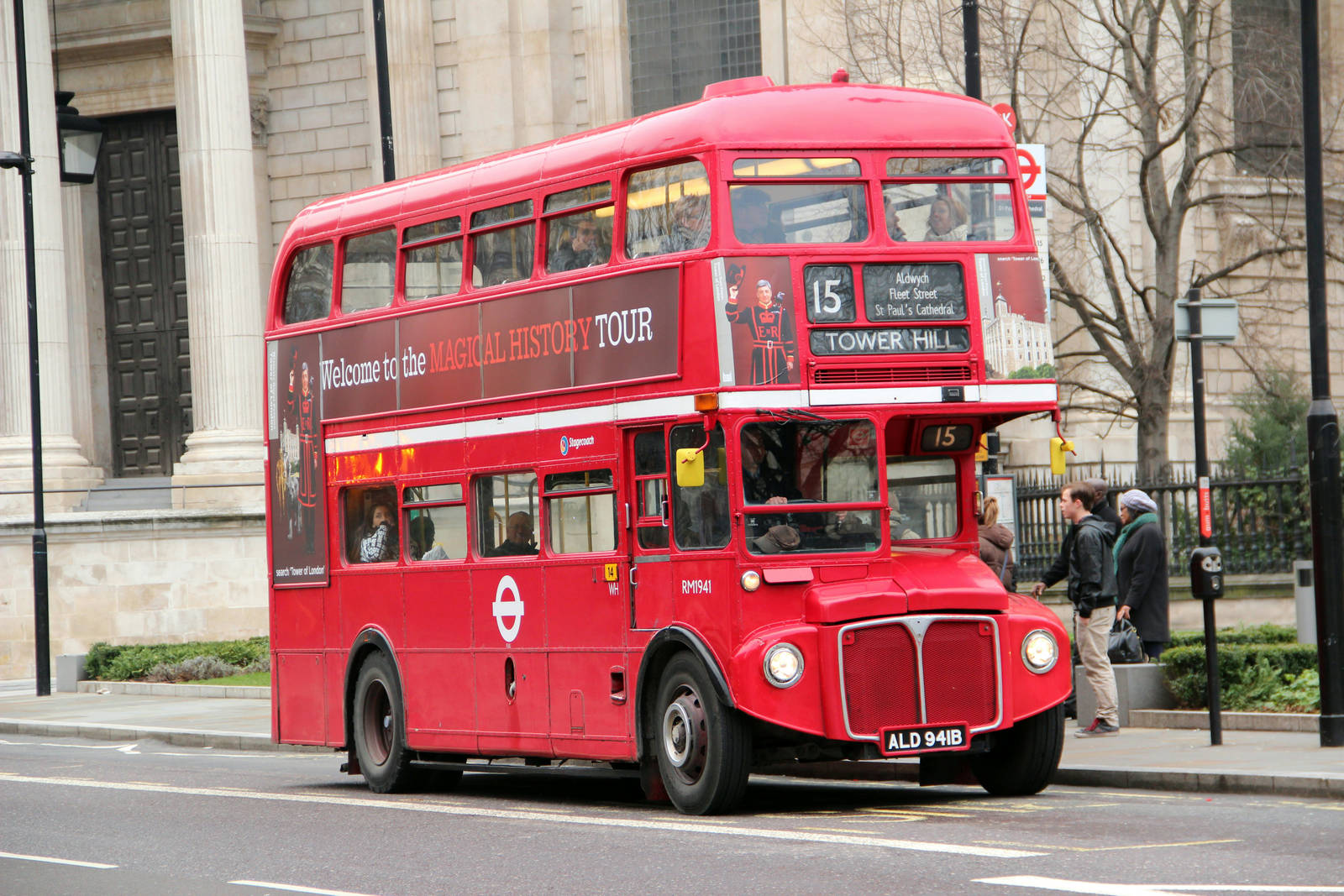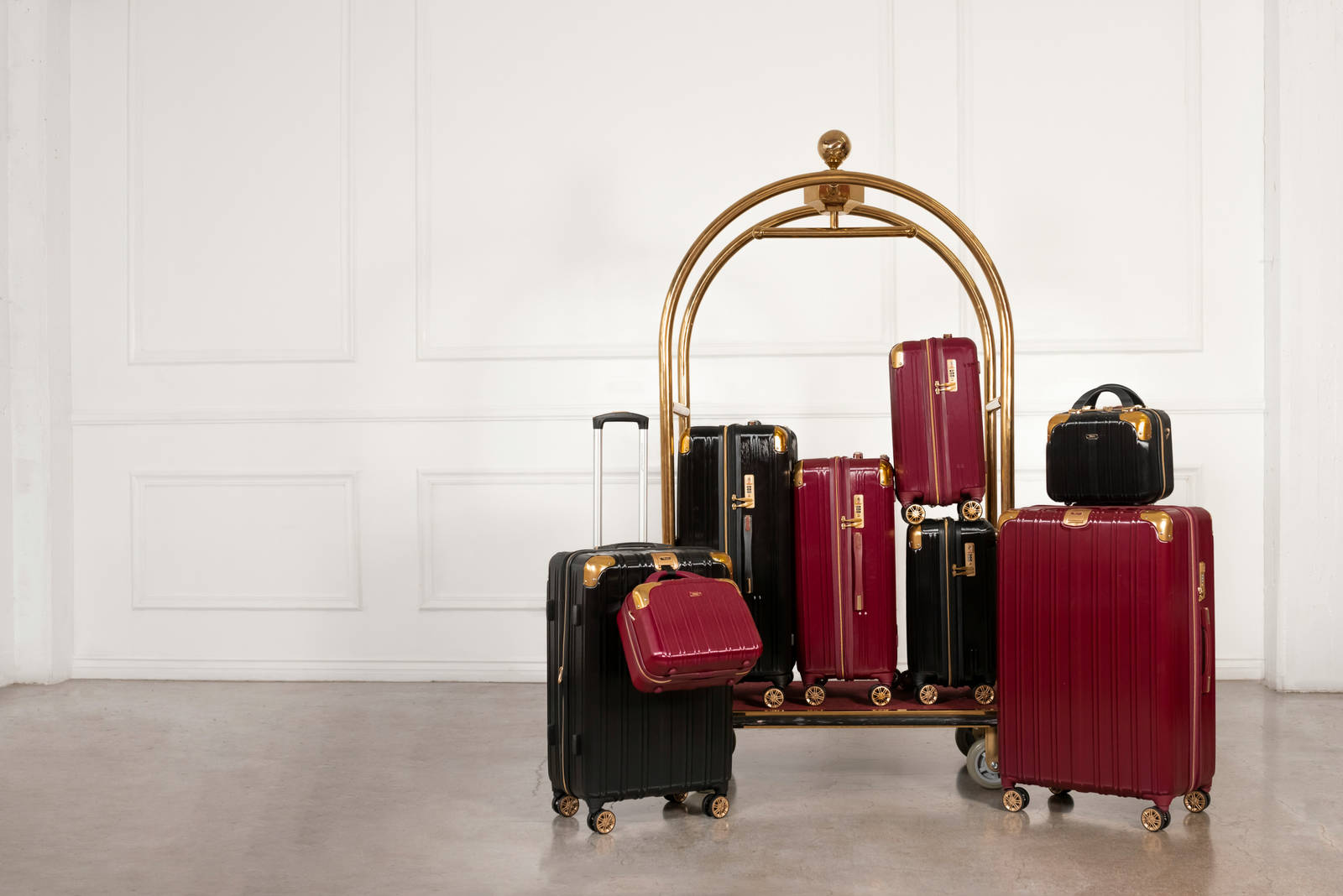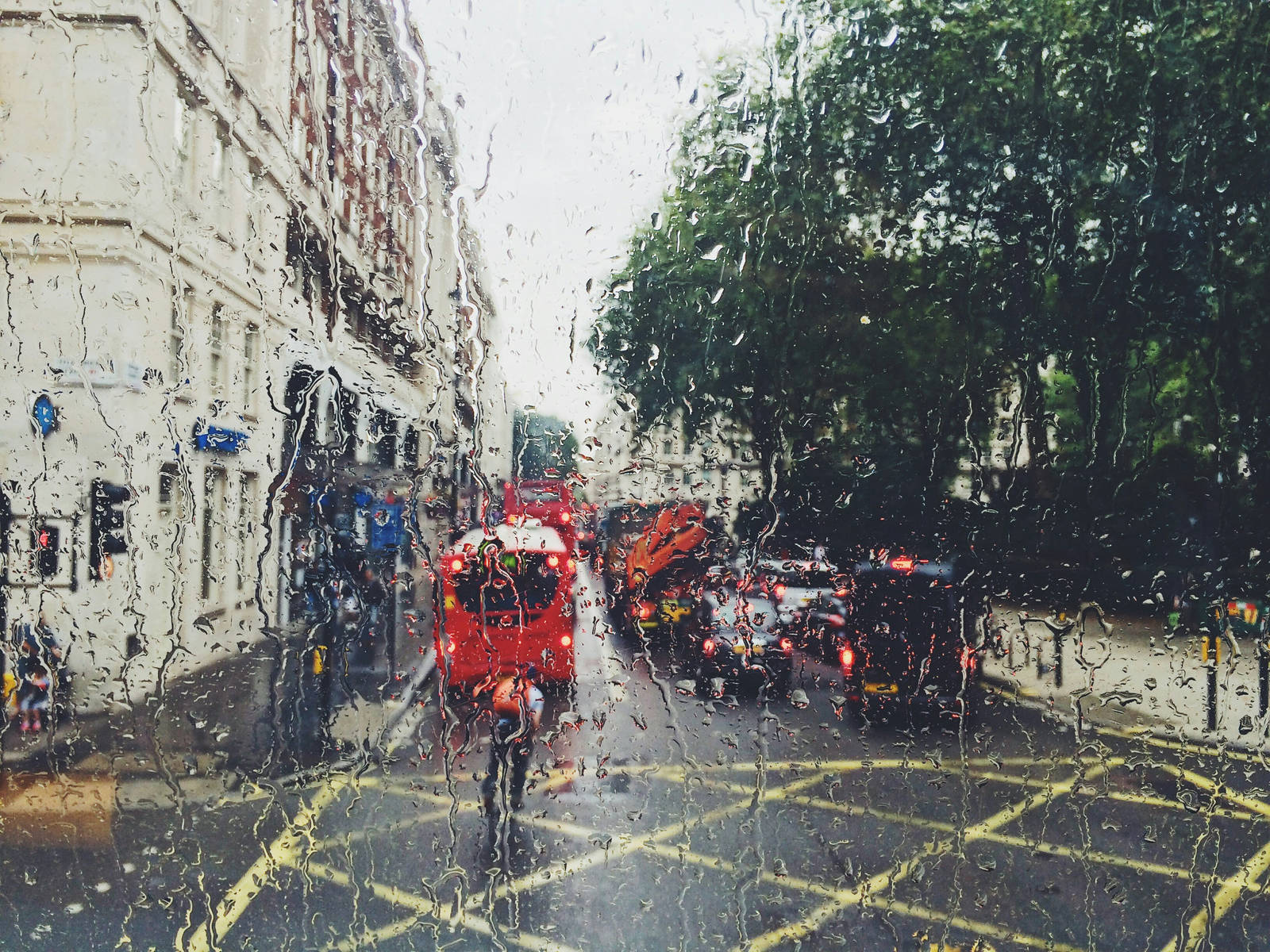A combination of millennia-old history, a vibrant melting pot of global cultures and a truly dynamic entertainment scene makes London a must-visit city for every international traveller.
With so much to see and do (and, not to mention, miles of streets to navigate), you might be after a few tips to make your upcoming trip go as smoothly as possible. Here, we take a look at how to plan a getaway to the UK capital – from sorting out visas for London and other entry requirements to dealing with the unpredictable London weather.

